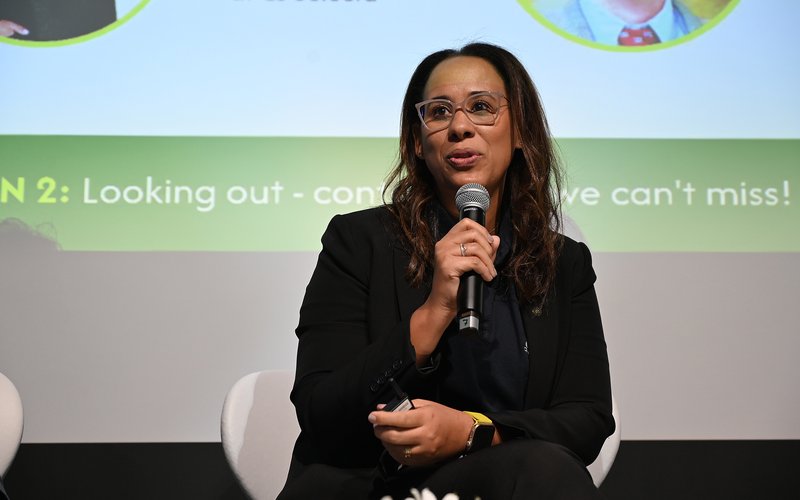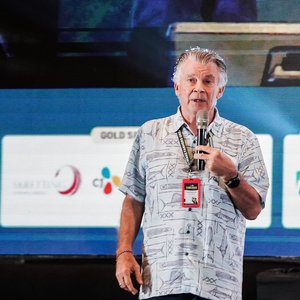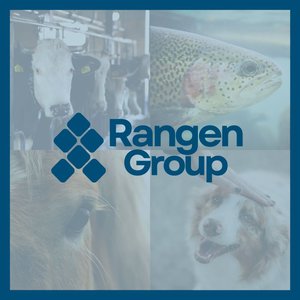By focusing on low-emission soy production and a production model that combines efficiency with regenerative practices, Brazil has the potential to lead the global transition toward low-carbon agriculture and expand its presence in markets that demand traceability and sustainability. Still, the country faces significant obstacles, such as international methodologies that overlook its tropical reality and a misconception of national production, which is often linked to deforestation. Within this context, CJ Selecta is demonstrating that it is possible to change this narrative by investing in precise emissions measurement, utilizing primary data, and engaging with certified producers.
With a strong presence in the soy chain, mainly through SPC (soy protein concentrate used in animal nutrition), the company has contributed to the recognition of Brazilian agribusiness not only for its scale but also for its capacity to regenerate, measure, and prove positive impacts. For CJ Selecta, accurately calculating the carbon footprint of its products has become an essential strategy, not only to meet commercial demands but also as part of a broader agenda for climate resilience and access to higher value-added markets.
"The carbon footprint is, in practice, a snapshot of the product lifecycle that measures its greenhouse gas emissions. It makes sustainability measurable. However, the figures attributed to Brazilian soy often do not correspond to reality. We are talking about a continental country with six biomes and vastly different production systems. Using averages to estimate our emissions is not technically correct, and it distorts international perception," explained Patricia Sugui, Head of ESG and Corporate Communication at CJ Selecta, during the RTRS International Conference 2025.
Green and yellow leadership
Patricia further highlighted that international databases frequently overestimate Brazilian emissions by disregarding local agricultural practices that significantly contribute to reducing the environmental footprint, such as the use of cover crops, crop rotation, rational fertilizer use, and biotechnology.
"We conducted an in-depth study of the carbon footprint of non-GMO SPC, using primary data collected on supplying farms and satellite analysis of land use change. We adopted the PFCR (Product Environmental Footprint Category Rules) methodology, which allows for a fair comparison with international data. The result was an emission of only 0.617 tons of CO2 equivalent per ton of product, a figure far below the average often attributed to Brazilian soy, which ranges between 4 and 6 tons per product," Patricia emphasized.
According to her, one of the critical factors in this inventory is the emission related to land use change, which can represent up to 80% of an agricultural product's carbon footprint. By guaranteeing no deforestation in supplying areas, CJ Selecta managed to drastically reduce this variable, a result of integrated work between certified producers, the use of renewable energy in the industry, and regionalized logistics.
“Customers very well received the report. It is a dynamic study that is constantly being updated. It covers both the agricultural and industrial stages of the soy chain. The industrial phase tends to show greater stability over time, while the agricultural phase exhibits more variability, especially due to the differences among the farms in our supply chain and the changes in input usage from one year to the next,” Patricia explained.
The company aims to make its data available in the GFLi (The Global Feed LCA Institute) database. “CJ Bio, our division, is already a member of GFLi, which reinforces our commitment to transparency and sustainability throughout the entire chain,” Patricia said.
Despite the high cost of Monitoring, Reporting, and Verification (MRV) operations, the company sees this as an opportunity for differentiation. "Today, the market does not yet broadly compensate producers for avoided carbon, but it already recognizes and prioritizes low-emission products. We are facing a strategic window for Brazil to reposition itself on the international stage as a reference in regenerative agriculture and food production decarbonization," the executive asserted.
Regenerative agriculture
Patricia also advocates for regulatory advances, such as a structured and transparent carbon market in Brazil, with green premiums and financial incentives, as well as the adoption of digital solutions to facilitate data collection in the field.
"We need to strengthen a new narrative about Brazilian soy. Regenerative agriculture is being practiced in the country, with the capacity to feed the world without harming the environment. But for this to happen, it is fundamental that measurement models reflect our reality and that markets recognize this value," she reinforced.
An example of regenerative agriculture is a project recently signed by CJ Selecta and Unilever. Renova Terra is a program that will invest EUR 5.5 million in transitioning producers to the introduction of regenerative agriculture practices in soybean production in the Brazilian Cerrado. The initiative aims to implement regenerative agriculture practices on up to 45,000 hectares of soy cultivation by 2030, equivalent to approximately 70-90% of the soy footprint used by Unilever Alimentos' Hellmann's brand in Brazil.
“We finalized the engagement and diagnostic process for 8,000 hectares in the Brazilian Cerrado biome. The soil analyses and the implementation plan have already been presented to the producers in the first group, and the regenerative practices will begin to be applied this season. In fact, the collections to establish the baseline for soil carbon are currently being carried out this season,” Patricia said.
This program highlights the importance of collaboration among all partners across the value chain. Patricia also sees potential for developing a similar project in partnership with the animal feed industry. “The aquaculture value chain is increasingly mature and committed to issues like traceability, sustainability, and reducing its environmental footprint, all essential factors for initiatives of this kind. As a supplier of plant-based ingredients for animal nutrition, CJ Selecta is open to dialogue and ready to contribute solutions that strengthen sustainability throughout the entire value chain.”
Patricia Sugui’s speech was part of the panel on market changes and environmental requirements during the RTRS International Conference 2025, which took place alongside VICTAM LatAm. This global event brought together specialists, companies, and producers to discuss the sustainable future of soy and the international agricultural chain in São Paulo.









